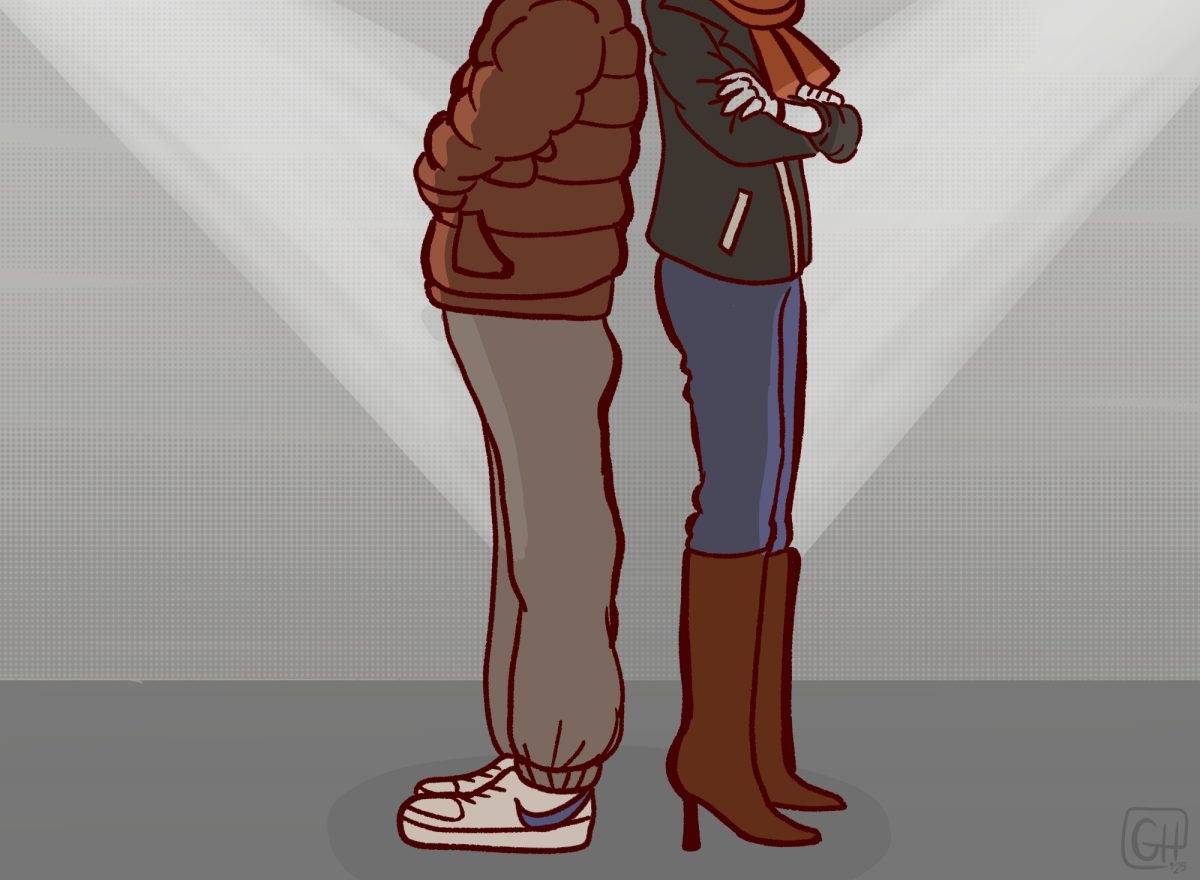As South Africa constructs a courthouse, the first major public building of the new democracy, the nation is turning to art to express its new ideals.
A Northeastern University professor, a justice in South Africa’s Constitutional Court and a University of Massachusetts-Boston professor spoke about the transition at a presentation last night titled ‘After Apartheid: Symbols of Progress and Challenges Yet to be Faced in a New South Africa.’
Margaret Burnham, associate professor of law at Northeastern, introduced the problems currently facing the new South African democracy. The AIDS epidemic, a widening economic gap and a possible conflict between the government and justice system are all pressing issues in South Africa, she said.
Burnham related these problems to public art, saying the courthouse ‘will replace the old, didactic portrayal of justice with a place where humans can create and resolve.’
Justice Albie Sachs, one of the 11 justices on South Africa’s Constitutional Court, described in detail the artwork that will adorn the new courthouse. He also discussed the significance of the artwork and its contribution in helping the courthouse achieve its goal of making citizens feel safe and respected within its walls.
Sachs said the courthouse, which is being constructed on a prison site, is ‘turning around the negativity of the past.’
‘The location helps us remember where our Constitution came from,’ he said.
The art in the courthouse will take on many different forms, including paintings, sculptures and window etchings, to which many contemporary South African artists contributed.
‘The imagination, vitality and diversity of the artists will be reflected,’ Sachs said.
The art will also come from schoolchildren and even judges, according to Sachs. He said schoolchildren will design the bathroom tiles based on the concept of protected rights. Furthermore, the 11 judges are leaving their own marks on the concrete floor of the foyer. Sachs said the judges will write the phrase ‘Human dignity, equality and freedom’ in each of South Africa’s 11 national languages.
Sachs said the variety of art will help make the courthouse a ‘building that functions well and tells the world that life, human rights, beauty and art matter.’ He said he feels the courthouse will build a sense of coherence and unity throughout South Africa.
Paul Tucker, an art professor at UMass-Boston, agreed on the significance of artwork to a building.
‘Art can inject dignity into a place without it,’ he said. ‘In the end, art is a distinctly social act of humans against ignorance.’
Boston University student Alessandra Melotti, a freshman in the College of Arts and Sciences, said she was impressed by the presentation, finding the speakers and their views of art thought-provoking.
‘It was interesting to hear beauty being equated with dignity,’ she said. ‘Justice Sachs’ stories helped me realize beauty, in the form of art, can be a way of forming community, not just a means of individual expression.’
Nancy Falk, a longtime supporter of Justice Sachs, had never before seen him or heard him speak in person. The presentation exceeded her expectations, she said. She was extremely impressed by his intelligence and his immersion in South African culture. She said the presentation added to her already immense amount of respect for Sachs.
Lenny Goldstein, who heard about the presentation via mail, said he was not sure what to expect from the speakers. He said he walked away with an understanding of art’s deep connection to South Africa’s struggles.
‘I got a real sense of the role art can play in elevating dignity,’ he said.













































































































